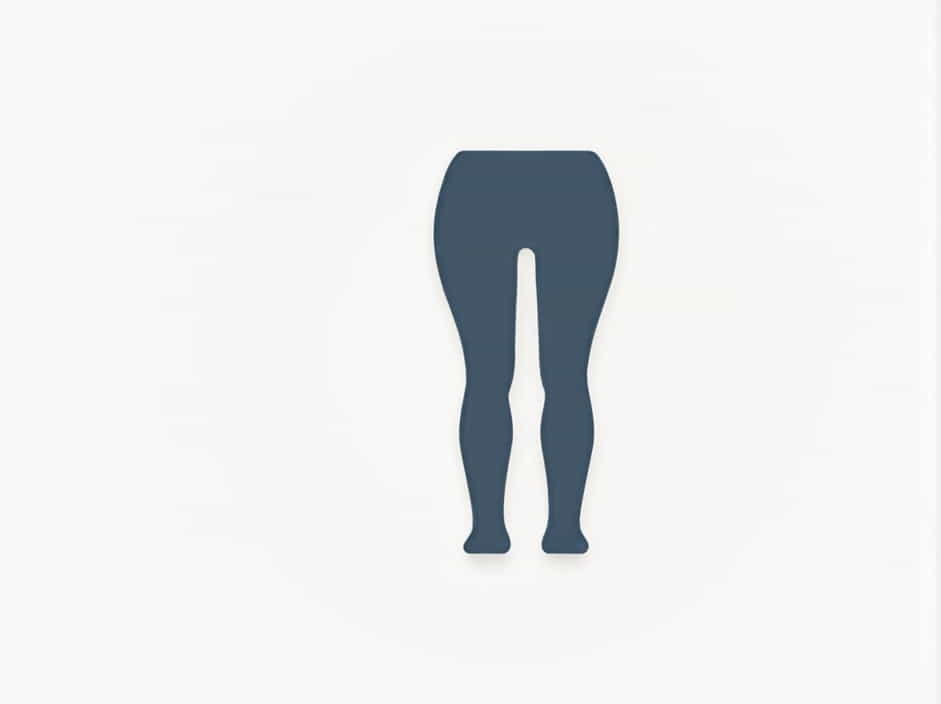The thigh is one of the most essential parts of the human body, playing a crucial role in movement, stability, and overall functionality. This topic explores the meaning of the thigh, its anatomy, functions, common conditions affecting it, and ways to maintain thigh health.
What is the Thigh?
The thigh refers to the upper portion of the leg, extending from the hip to the knee. It is composed of muscles, bones, nerves, and blood vessels, all working together to provide support and mobility. The primary bone in the thigh is the femur, which is the longest and strongest bone in the human body.
Anatomy of the Thigh
1. Bones of the Thigh
The femur is the only bone in the thigh and connects to the hip joint at the top and the knee joint at the bottom. It plays a significant role in weight-bearing and movement.
2. Muscles of the Thigh
The thigh is primarily made up of three major muscle groups:
- Quadriceps: Located at the front, these muscles help with knee extension.
- Hamstrings: Found at the back, responsible for bending the knee and extending the hip.
- Adductors: Situated on the inner thigh, they assist in bringing the legs together.
3. Nerves and Blood Vessels
The femoral nerve, sciatic nerve, and obturator nerve control sensation and movement in the thigh. The femoral artery is the main blood vessel supplying oxygen and nutrients to the thigh muscles.
Functions of the Thigh
1. Support and Stability
The thigh provides support to the entire body, helping maintain balance and posture during standing, walking, and running.
2. Facilitating Movement
The coordinated action of thigh muscles allows movements such as running, jumping, squatting, and climbing stairs.
3. Shock Absorption
Thigh muscles absorb impact forces, reducing stress on joints, especially during high-impact activities like jumping or sprinting.
Common Thigh Conditions and Injuries
1. Muscle Strains
Thigh strains, especially in the hamstrings and quadriceps, occur due to overstretching or sudden movements, causing pain and limited mobility.
2. Thigh Contusions (Bruises)
A direct impact to the thigh can cause bruising, swelling, and discomfort, commonly seen in sports injuries.
3. Femur Fracture
A broken femur is a severe injury often caused by trauma, requiring immediate medical attention and surgery in most cases.
4. Nerve Compression (Meralgia Paresthetica)
This condition arises when the lateral femoral cutaneous nerve is compressed, leading to tingling, numbness, or burning sensations in the thigh.
5. Deep Vein Thrombosis (DVT)
A blood clot forming in the deep veins of the thigh can be life-threatening if it travels to the lungs, causing a pulmonary embolism.
How to Maintain Healthy Thighs
1. Regular Exercise
Engaging in activities like squats, lunges, and leg presses strengthens thigh muscles and improves overall leg function.
2. Stretching and Flexibility Training
Stretching exercises help prevent muscle tightness and reduce the risk of injury. Yoga and dynamic stretching are excellent options.
3. Proper Nutrition
A diet rich in protein, calcium, and vitamins supports muscle growth and bone health. Staying hydrated also prevents muscle cramps.
4. Maintaining a Healthy Weight
Excess body weight increases strain on the thighs and joints, leading to pain and mobility issues. Maintaining a balanced weight helps prevent these problems.
5. Preventing Injuries
Wearing proper footwear, warming up before workouts, and avoiding sudden, intense movements can reduce the likelihood of thigh injuries.
The thigh is an essential part of the human body, supporting movement, balance, and overall functionality. Understanding its anatomy, functions, and common conditions can help individuals take better care of their thigh health. Through proper exercise, nutrition, and injury prevention strategies, maintaining strong and healthy thighs is achievable for everyone.
